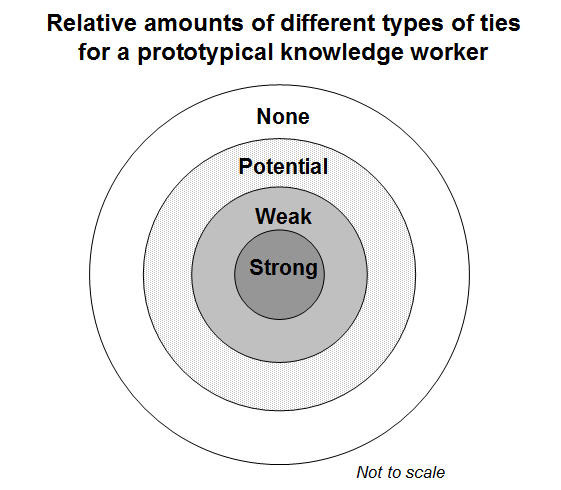On October 12 and 13, 2012, the KnowledgeCamp took place in Karlsruhe, Germany. It was the first barcamp, or unconference, I attended. For those of you who are not familiar with this type of event, here is the the corresponding Wikipedia article. On one hand, I went because I was curious to see how such a barcamp works. On the other, I wanted to offer a session in order to present and discuss a paper a colleague and myself have been working on recently.
My general impression of the barcamp was very positive. One of the greatest features is the selection of the sessions by the participants themselves. This procedure guarantees that the content offerered is relevant to the people attending the barcamp. While I was worried that my own session may not be suitable for the crowd present, I was pleased to see a number of hands go up once I introduced the topic. Hosts are further free to choose how they conduct their sessions. Continue reading A Barcamp Experience: The KnowledgeCamp in Karlsruhe


